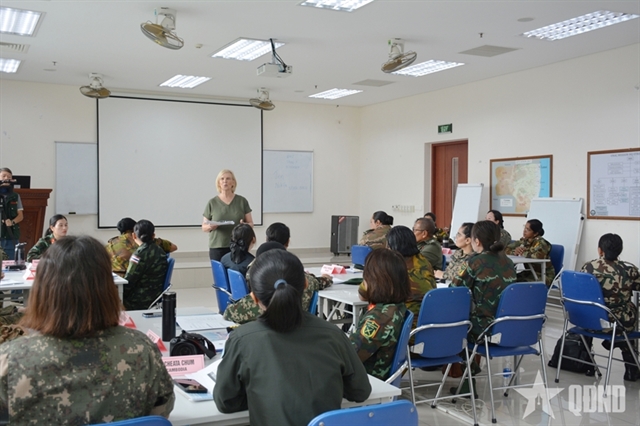A snapshot of young people lives in rural areas: What they do and what they need
What is youth exactly? Traditionally, it is the transition from childhood to adulthood. The United Nations defines youth as all individuals aged between 15 and 24. In reality, being young has changed over time and varies considerably from one region to another. There is a big rural urban and gender divide. Rural children in developing countries grow up quickly. Early marriage and childbearing marks the transition for young girls. In many countries, girls marry before age 15 and many 15 to 19 year olds cannot read or write. Boys help out on the farms or drop out of schools because there is no secondary education or they do not see the point of it.
When we travel to distant rural areas to visit the project sites, it is often striking to see hordes of young men and adolescent boys hanging out in front of shops or on main squares, playing cards or just idly watching the coming and going of traffic and people.
Girls and young women are kind of less visible or they are in constant movement. We see them walking to school or back home in their colorful uniforms, carrying their grocery shopping or fetching water, or going for visits with their girl friends. They seem not to stop, often having babies and younger children in tow.
When we look closer and listen to these young men and women, we discover a different reality. The young men sitting in front of the village café could be a 35 year old farmer, who is still a second hand to his father and has nothing to decide about farming and marketing. The young women with the toddler could be a 17 year old mother who did not finish schooling and lives now with her in-laws, with little time and skills.
Rural development programmes that target young people need to take into account the different gender needs. For boys and young men, programmes can get them off the street and help put them to stand on their own feet, by learning new skills or finding employment.
For girls and young women, skills development or income generating activities help them to break up a circle of isolation and chores, gets them out of the house and meet other girls. These programmes help them to socialize, to increase their education and skills, including knowledge about health, nutrition and finance. Expanding girl’s education is the most obvious lever to change the situation of young women. These programmes can also contribute to delay marriages and child birth.







